Your Browsing History
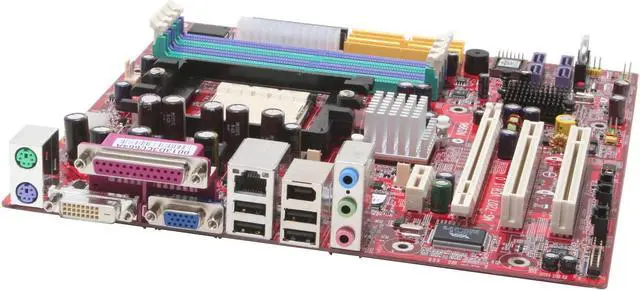
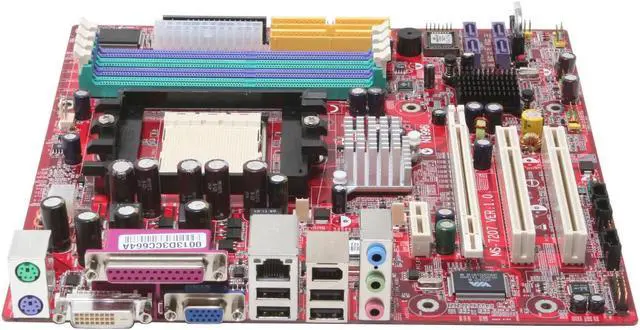
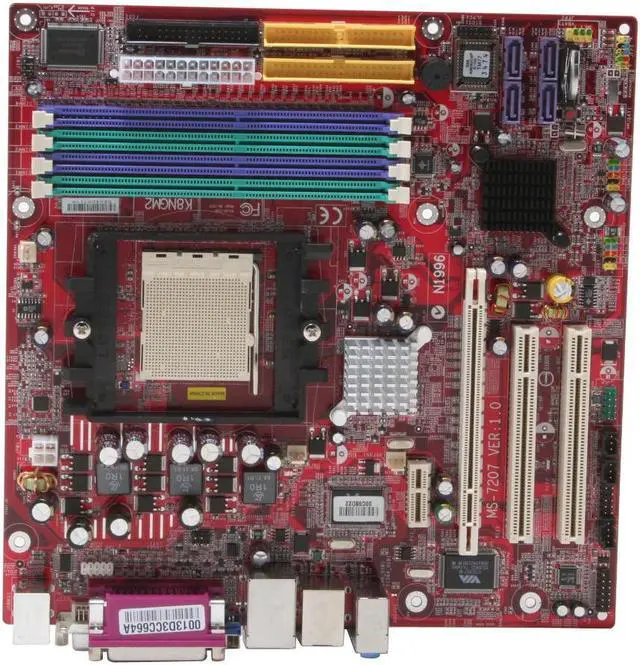
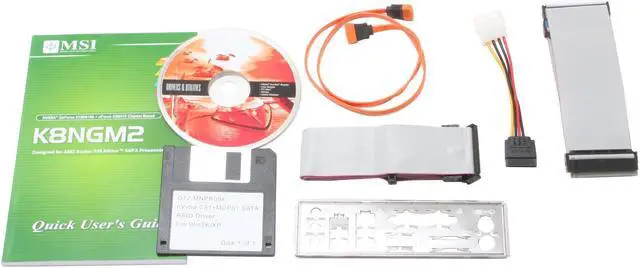

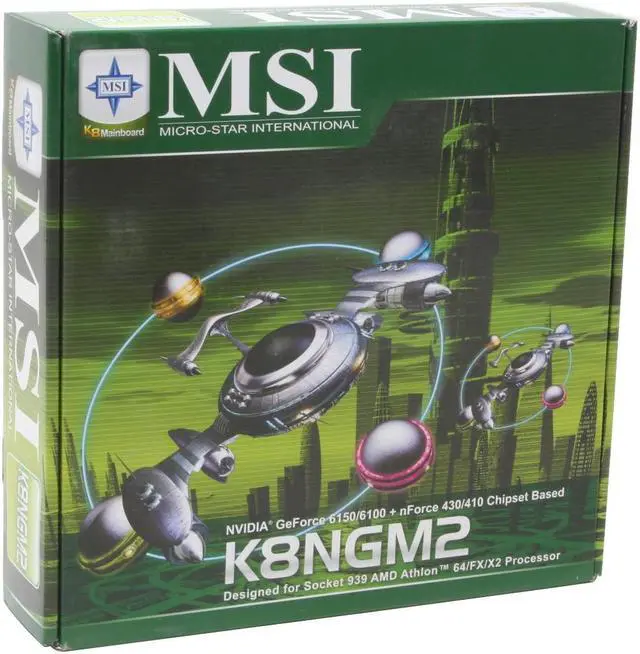
Any questions? Our AI beta will help you find out quickly.
The K8NGM2-FID mainboard is based on nVidia GeForce 6150 & nVidia nForce 430 chipsets for optimal system efficiency. Designed to fit the advanced AMD K8 Athlon 64 FX processor, the K8NGM2 Series deliver a high performance and professional desktop platform solution.